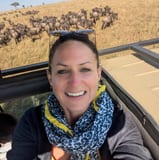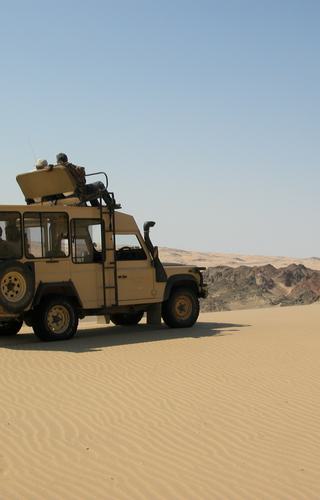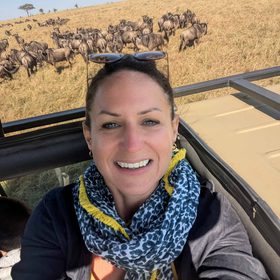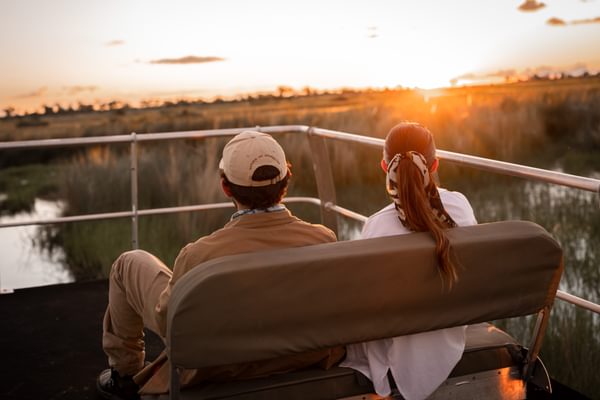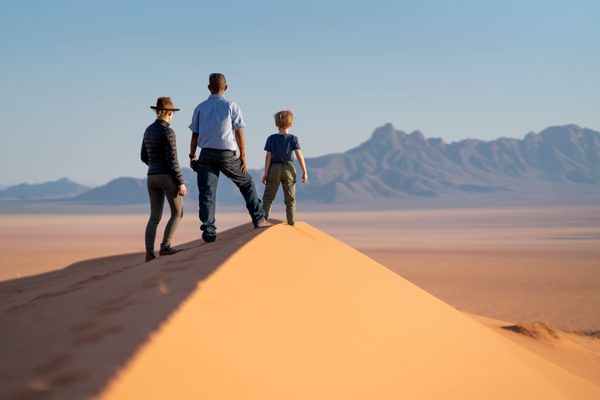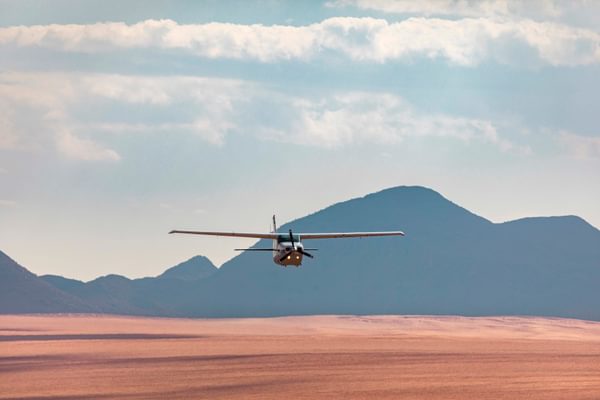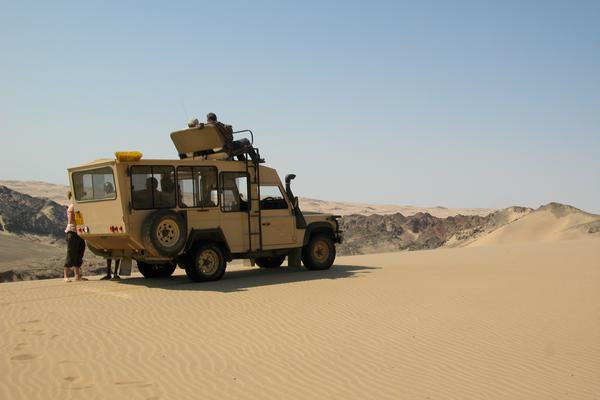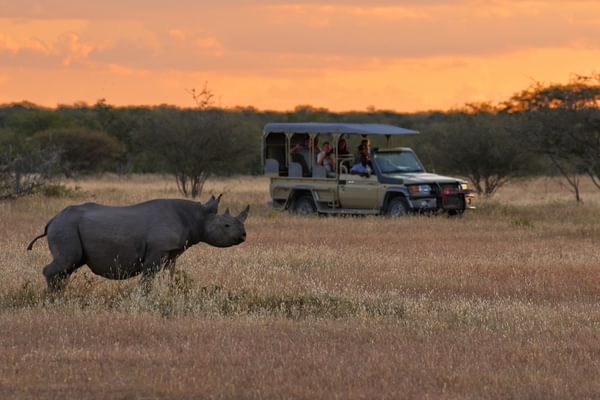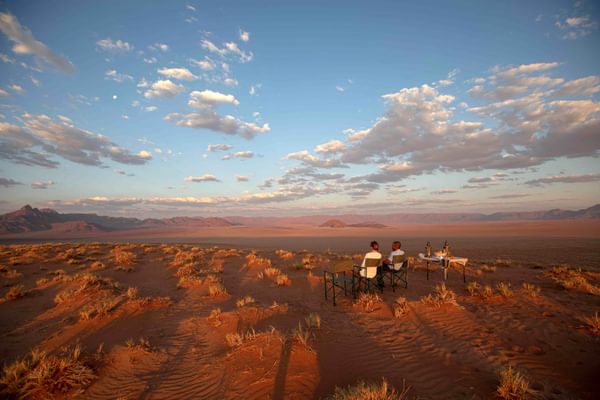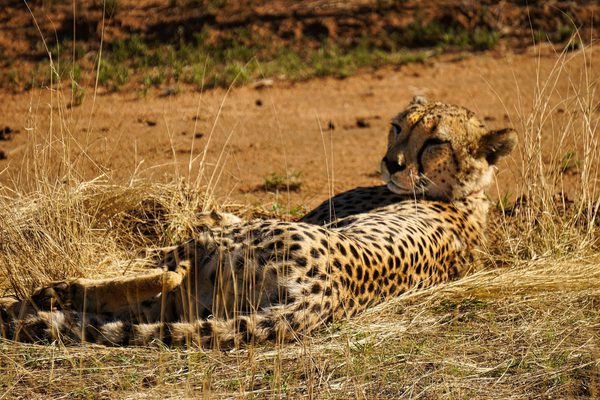Freedom to explore Africa’s wild beauty at your own pace
A self-drive holiday in Namibia offers the freedom to explore one of Africa’s most dramatic landscapes entirely at your own pace. With good roads, easy navigation, and unforgettable scenery around every corner, it’s a superb choice for independent travellers seeking adventure, flexibility and the thrill of the open road.
Namibia is one of Africa’s most rewarding and accessible self-drive destinations. With excellent roads, low traffic, and clearly marked routes, it’s an ideal choice for independent travellers looking to explore vast landscapes at their own pace. Whether you're navigating through towering dunes, across gravel plains, or along remote desert tracks, the journey itself becomes a central part of the adventure.
Driving in Namibia is straightforward, even for first-timers. Most of the main routes are on well-maintained gravel roads, and we provide a detailed route map, driving notes, local support and pre-booked accommodation throughout. You can stop when and where you like - for photo opportunities, a roadside picnic, or a chat with a local farmer - which adds to the sense of freedom and discovery.
Self-drive itineraries typically follow a loop from Windhoek, taking in highlights like Sossusvlei, Swakopmund, Damaraland, and Etosha National Park. But the real joy lies in the space between: big skies, shifting colours, and the feeling of having Namibia’s extraordinary landscapes all to yourself.
Whether travelling solo, as a couple, or with family, a self-drive holiday offers an immersive, flexible and memorable way to experience the country - with comfort, safety and a healthy dose of adventure.
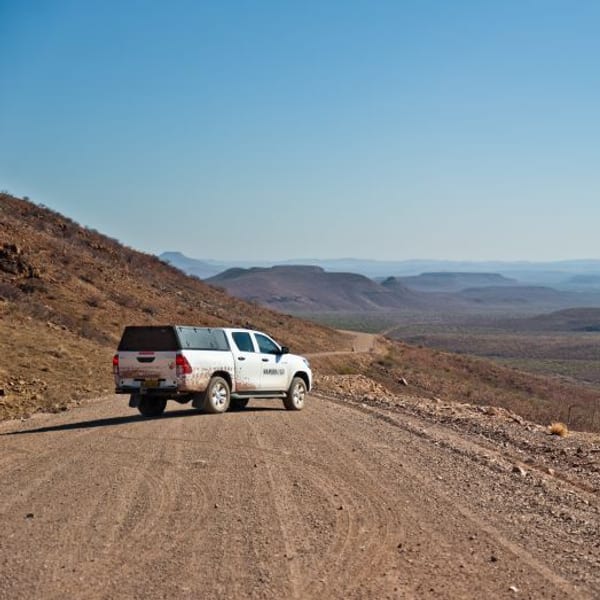
Classic Namibia Self-Drive
- Windhoek
- Okonjima
- Etosha
- Damaraland
- Swakopmund
- Sossusvlei
A self-drive journey through desert, dunes and wild-life rich wilderness.
Namibia Trip Inspiration
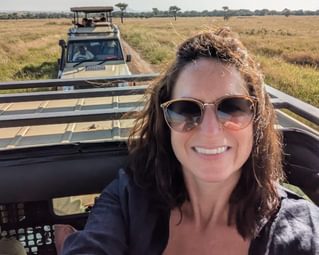
Our Namibia specialist, Ruth, says:
“I’ve been lucky enough to travel all over Namibia, and it’s a country that never fails to surprise me. The landscapes are like nowhere else - vast, cinematic and constantly changing - and the sense of space is incredible. It’s also one of the easiest and safest countries in Africa to explore independently, which makes it perfect for a self-drive or a tailor-made adventure. Whether you’re watching rhinos at a waterhole, climbing a dune at sunrise or sleeping under a sky full of stars, Namibia just gets under your skin in the best possible way.”
Speak to a Namibia expert today
and start planning your tailor-made holiday

Alistair
